Other uses for your e-bike battery!
2019 Nov 22nd
Power outage, camping, trolling motor, travelling with electronics, running a portable cooler, recharging your drone at the park? All of these things can be done using your existing e-bike battery! All you need is the correct plug to get the power out of the battery, and the equipment to deliver the correct voltage to your electronics.
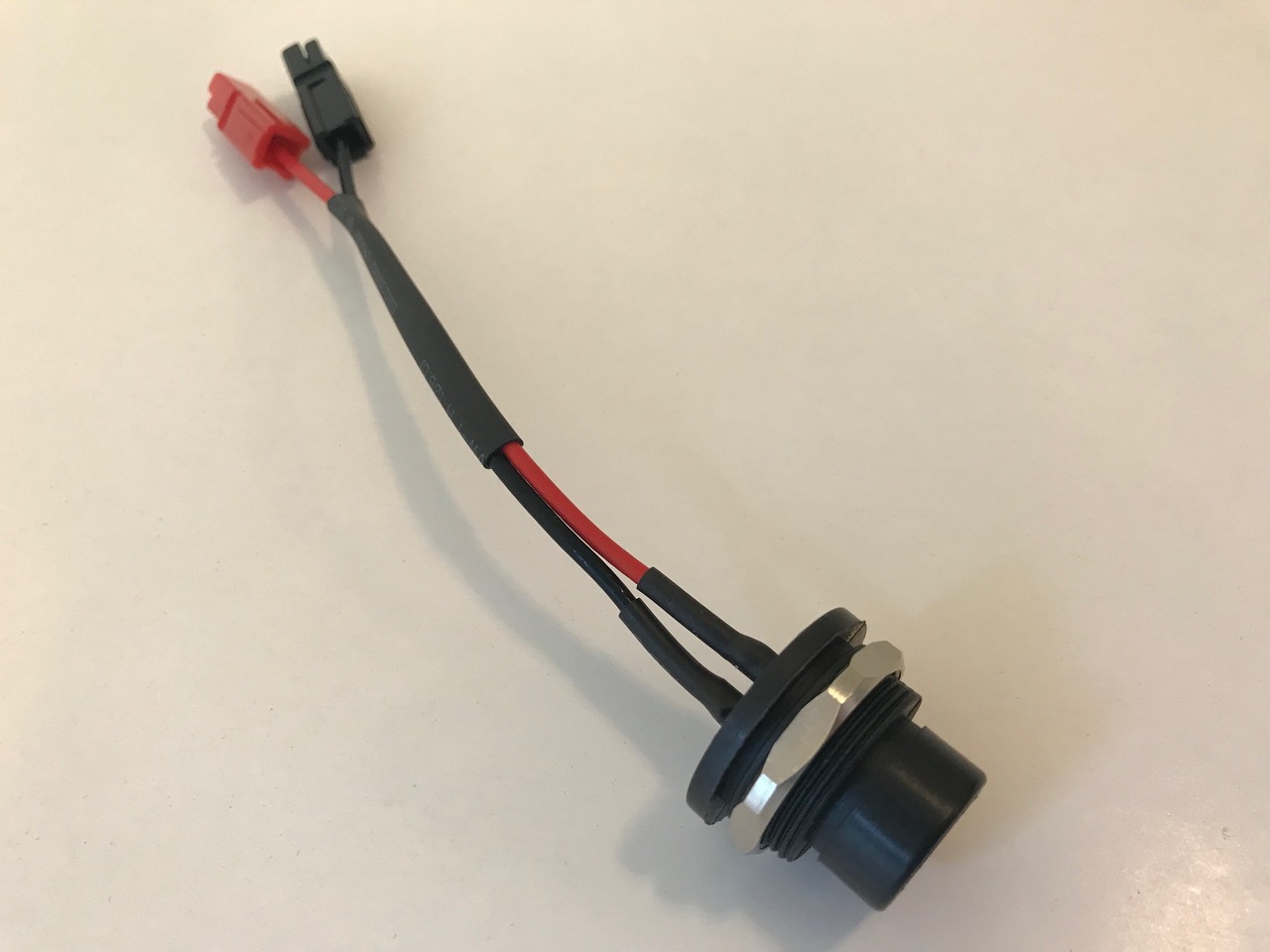
For a power outage maybe the most common need would be a USB outlet to power up your phone, and possibly a laptop, some LED lights, medical equipment, the list goes on.
The most efficient way to power these devices is to supply them with exactly the DC voltage that they require, instead of using an inverter to supply 120V household AC voltage from the battery, which then is converted back down to a lower voltage by the power supply for the device. This is an extra step of voltage conversion, and each step results in a loss of some power to heat in the converter, usually about 10-15%
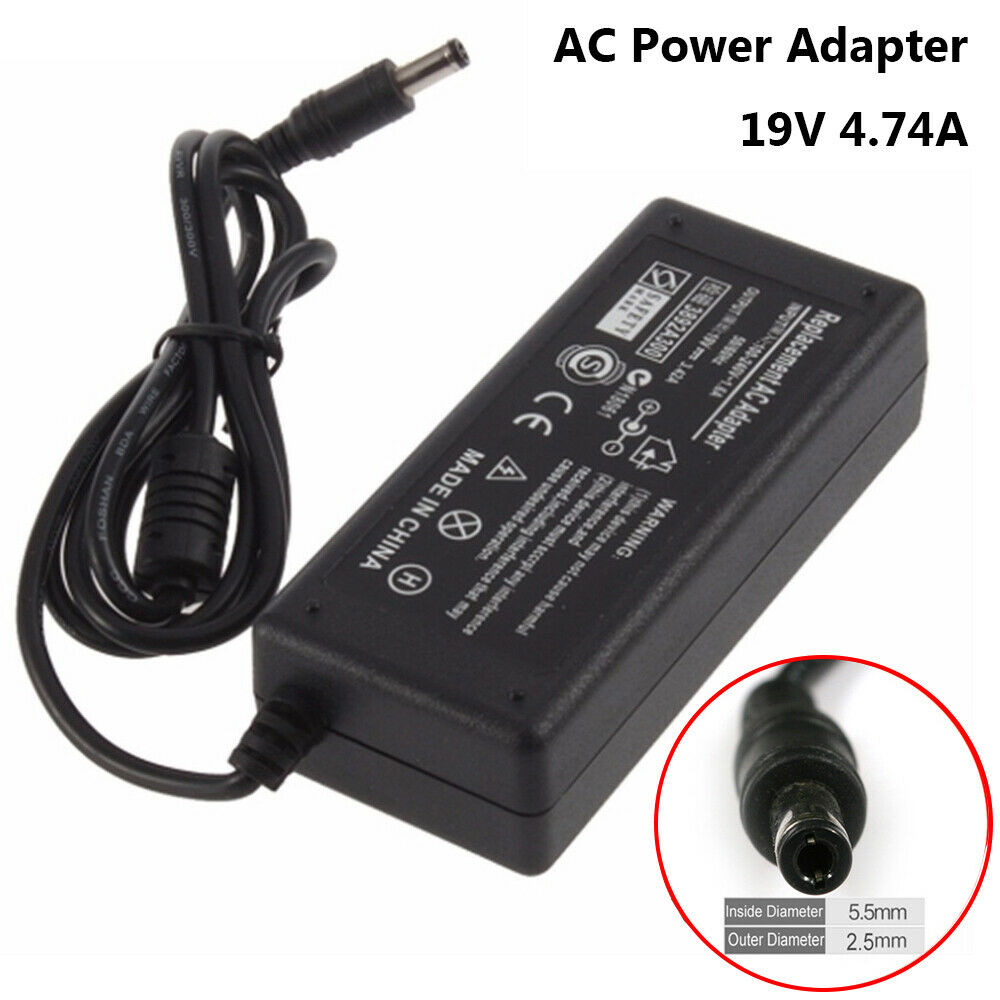
Any device with a separate power supply can be powered up using a DC-DC converter supplying the correct voltage, using the correct connector.
Look at the bottom of the power supply on your laptop, and you will see the output listed as something like 19.5V, 3.33A, 65W.
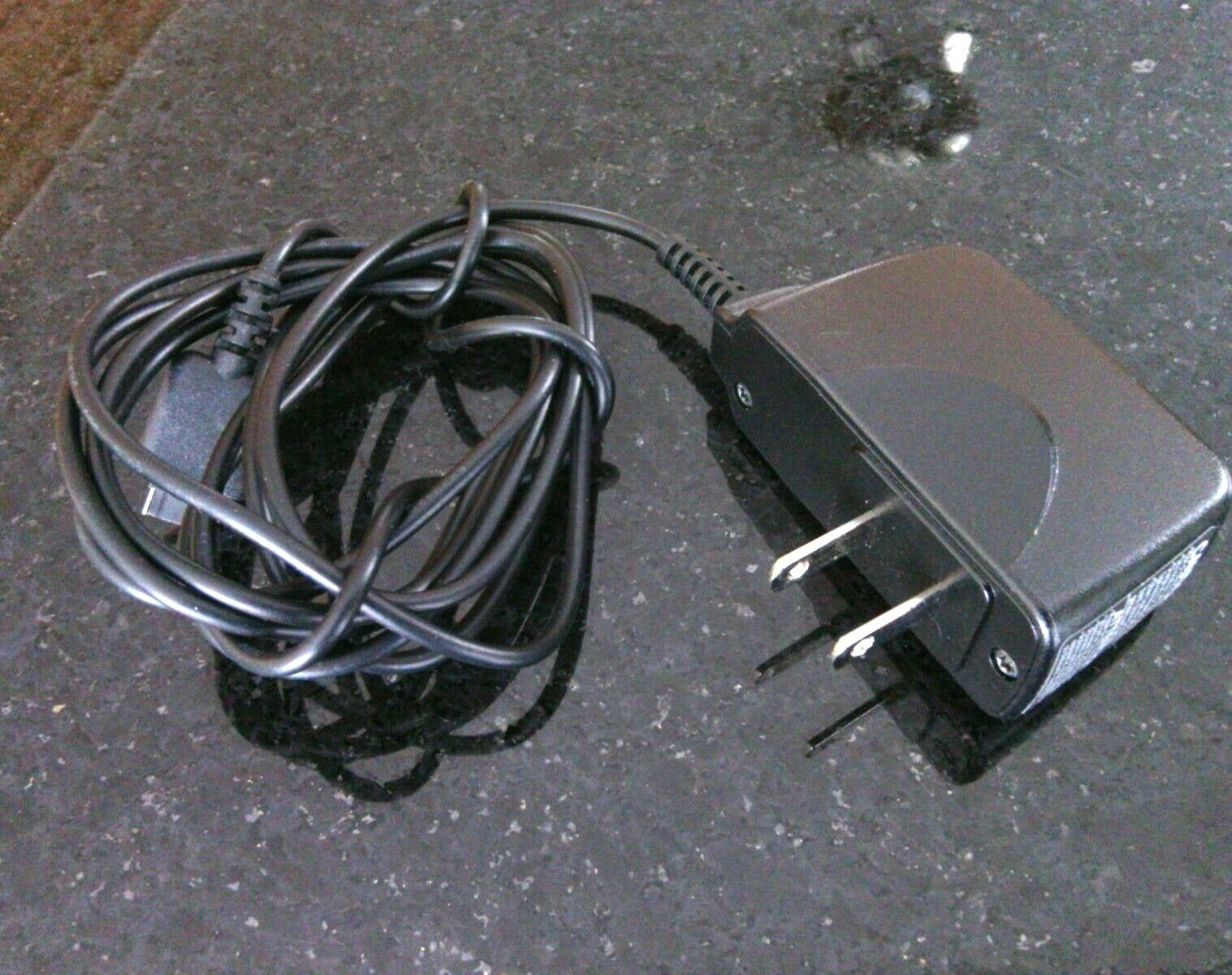
A common "wall wart" power supply. Look on the label for the output voltage, and make sure it is DC, not AC
A programmable DC-DC converter like the DPS5020 (available on eBay) will take an input voltage of 6-60VDC, perfect for 24,36,48 or 52V ebike batteries, and output 0-50VDC at up to 20 amps. The output voltage has to be lower than the input by about 3V. I like this unit because it is easy to set the output voltage and amperage, you can store a number of different output profiles, and it shows the input voltage so you can keep track of the state of charge of your battery. Oh, and it is reasonably well built
In the case of my laptop, I set The DPS5020 to 19.5V and 3.5A. As long as you have the correct plug you can just connect directly to your device from the output of the DC-DC converter. If you only need one voltage, like the 12-14.5V that powers so many automotive accessories you can use a fixed voltage DC-DC converter, they generally cost less.
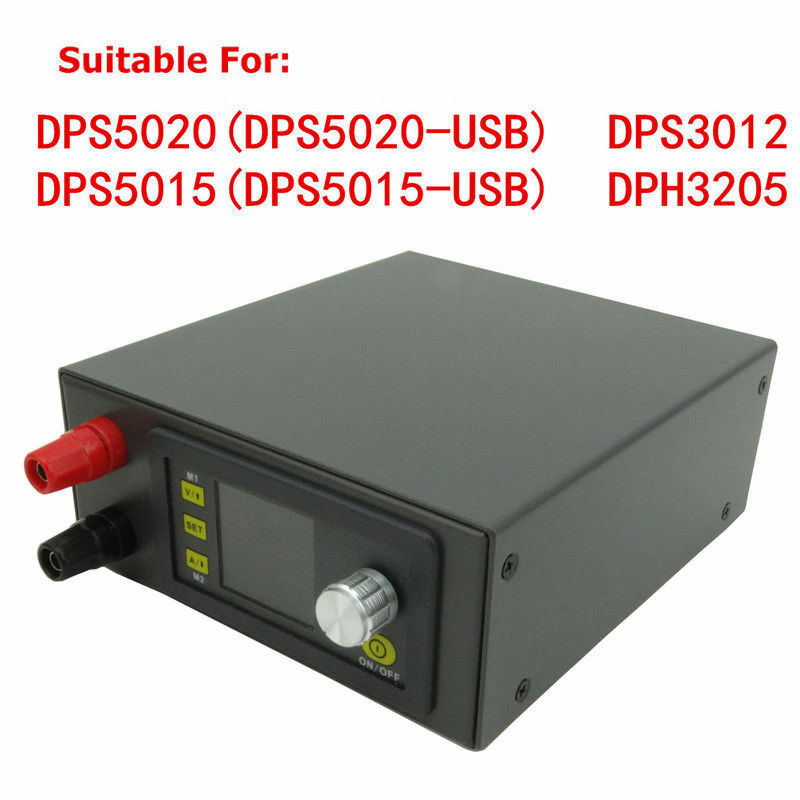
Here is a DIY metal case that you can buy for the DPS5020 to make it a stand alone power supply.
If you are not building the DPS2050 into a battery box, it needs to be mounted it a protective case, as the circuit board is just hanging off the back of the display. I got this little case to protect the board and provide handy jacks to hook up to. The whole package of electronics and case costs less than 100.00.
For projects like this I suggest getting a basic digital multimeter if you don't already have one, They are available at any hardware store or online for 6 to 40 dollars. With this you can check the actual voltage and polarity of the power supply that you are replacing and the same with your new adapter before you plug anything in to avoid damaging your equipment.
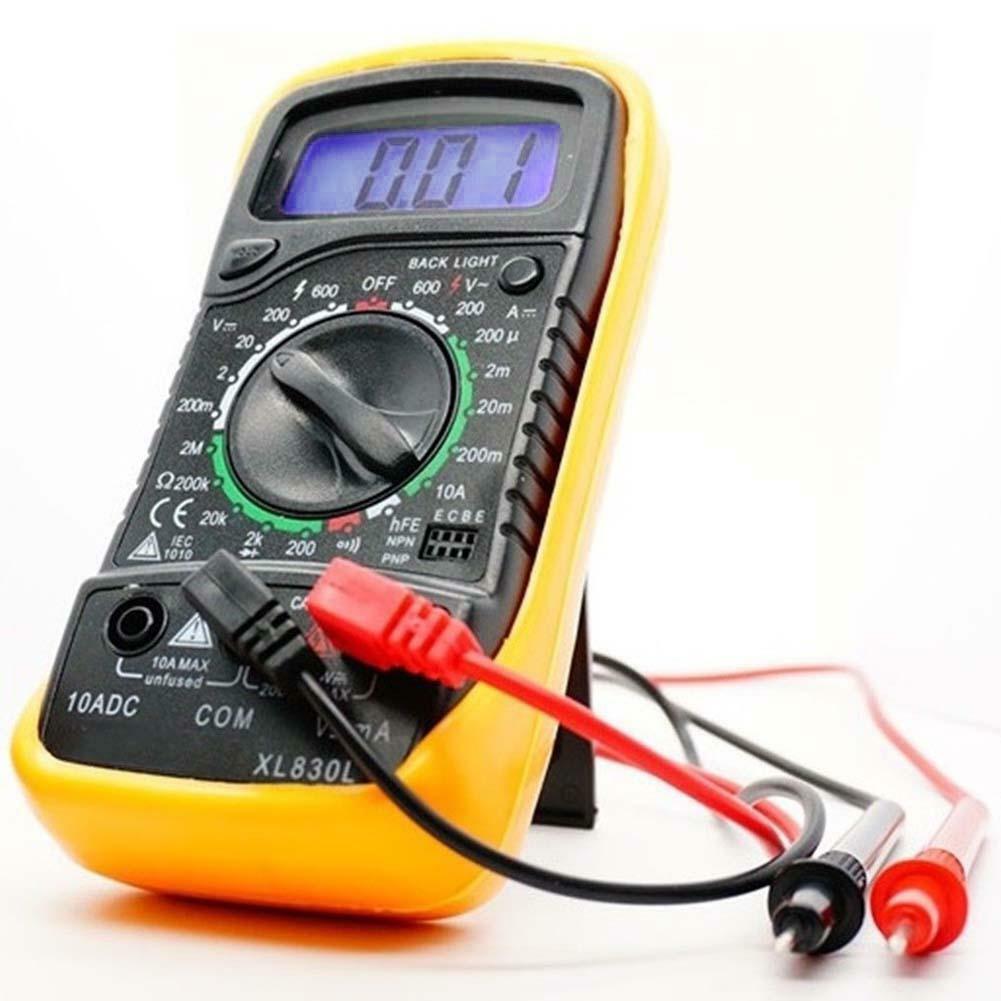
This Multimeter is just $6.29 with free shipping on eBay.
Extra power jacks for many devices can be found on Ebay or Amazon, or better yet in a bin at your local thrift shop, ready to be cut off the attached power supply and connected to the output of your DC-DC converter.
For USB some ebike batteries have a USB charging connector built in. The Juiced and Hilleater bikes do not have it live though, as there was a problem with the USB circuit draining the battery while in storage, leading to damaged batteries. The easiest way to get USB power from your ebike battery is to use a DC-DC converter like the DPS5020 to get 12V, then use a commonly available in-car USB adapter to get the 5V USB power.
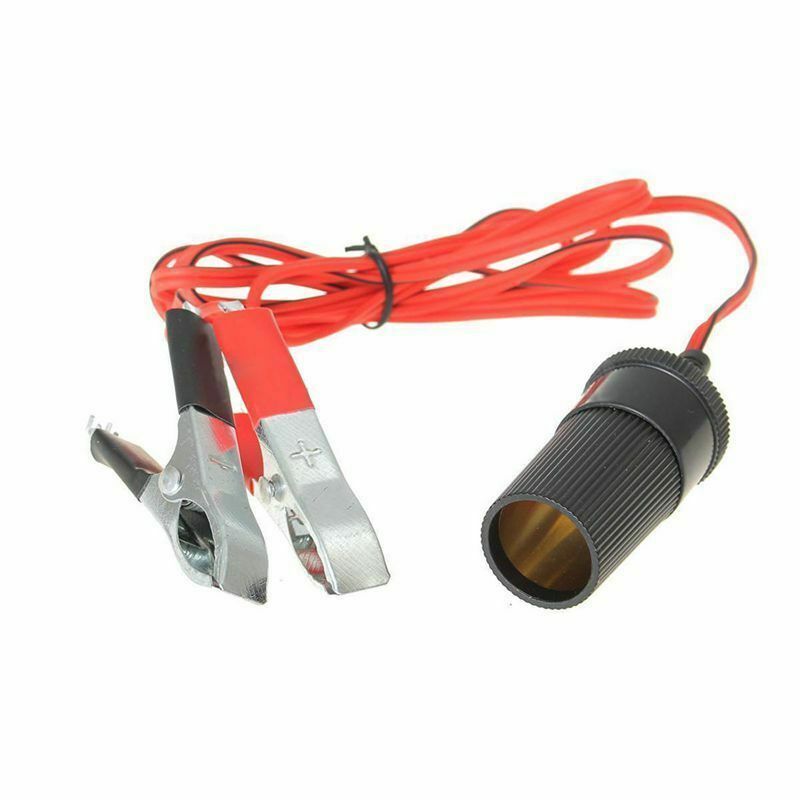
Cut the alligator clips off this and wire it to your DC-DC converter.
Some appliances will only accept 120V AC power to run, and you can also power these up with the use of an inverter connected to your battery. The inverter input voltage has to match your ebike battery, so the commonly available 12V inverters are not applicable, except for low power applications, where you could use a DC-DC converter like the DPS2050 to give you 12V to power up the inverter. I would not recommend this for anything more than 100 Watts though, as a 12V inverter will draw about 10 amps at 100 Watts, and could overload the DC-DC converter. Better to get a 36 or 48V inverter that will plug directly into the battery.

I can recommend the WZRELB Reliable brand inverters from eBay, as they are cheap, reasonably well built, have a true sine wave output, and come in various input voltages.
The power ratings are a bit optimistic though, so I would get a higher output rating than you think that you need, especially to run anything with a motor, like a fridge. The 500 Watt reliable would not run our fridge, the 1500W model handles it with no problem for about $230.00 Canadian including shipping. (174.00 USD) Brand name 36 and 48V inverters like the Cotek are better built, but much more expensive. If you use the inverter all the time and rely on it, I would consider one of these.
Speaking of fridges, how long would your ebike battery run your fridge? Of course it depends on your fridge, and your battery, but our fridge consumes 38 watt hours per hour, so just over 1 kilowatt in 24 hours. A 500 watt hour battery would run it for about 10 hours, which includes the 10% loss through the inverter and some room at the bottom, as it's not good for the battery to run it all the way down.
Not sure how much power your fridge or any other device that uses 120V household power uses? Get one of these, it will tell you!
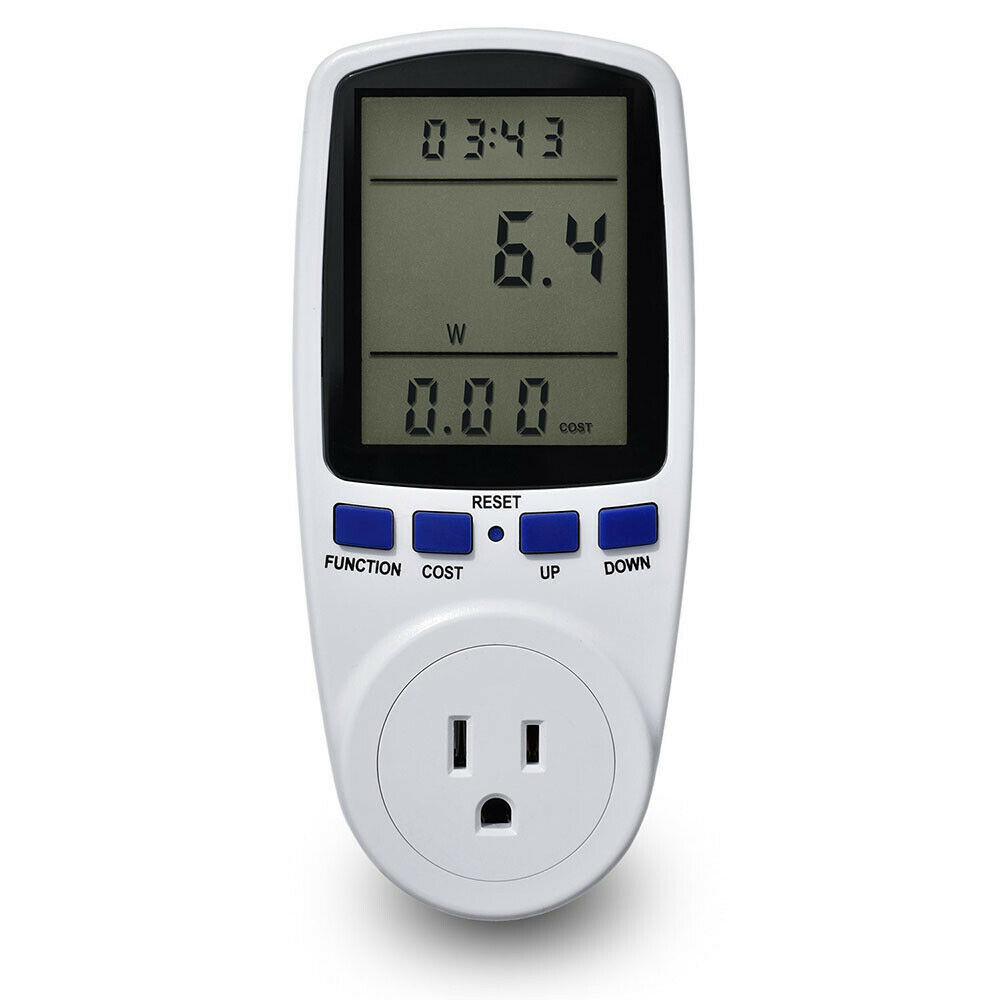
Electricity power consumption meter Less than $20.00 on eBay.
How to figure out how many Watt hours your battery is? Multiply the voltage X the amp hours to get watt hours. you will get a bit less than this, because the manufacturers rate the cells discharing all the way to 2.5V, but most ebike batteries cut out at 3.0V per cell to protect the cells. Also, as the battery ages, or if it is cold it will give you less watt hours. 1000 watt hours is one kilowatt hour.
For camping, extended power outages, or the zombie apocalypse you will need a way to charge the battery without the use of your regular plug in charger. Solar is the way to go, and I have found an inexpensive solar charge controller that will boost the voltage of a typical solar panel up to the voltage required to charge your battery.
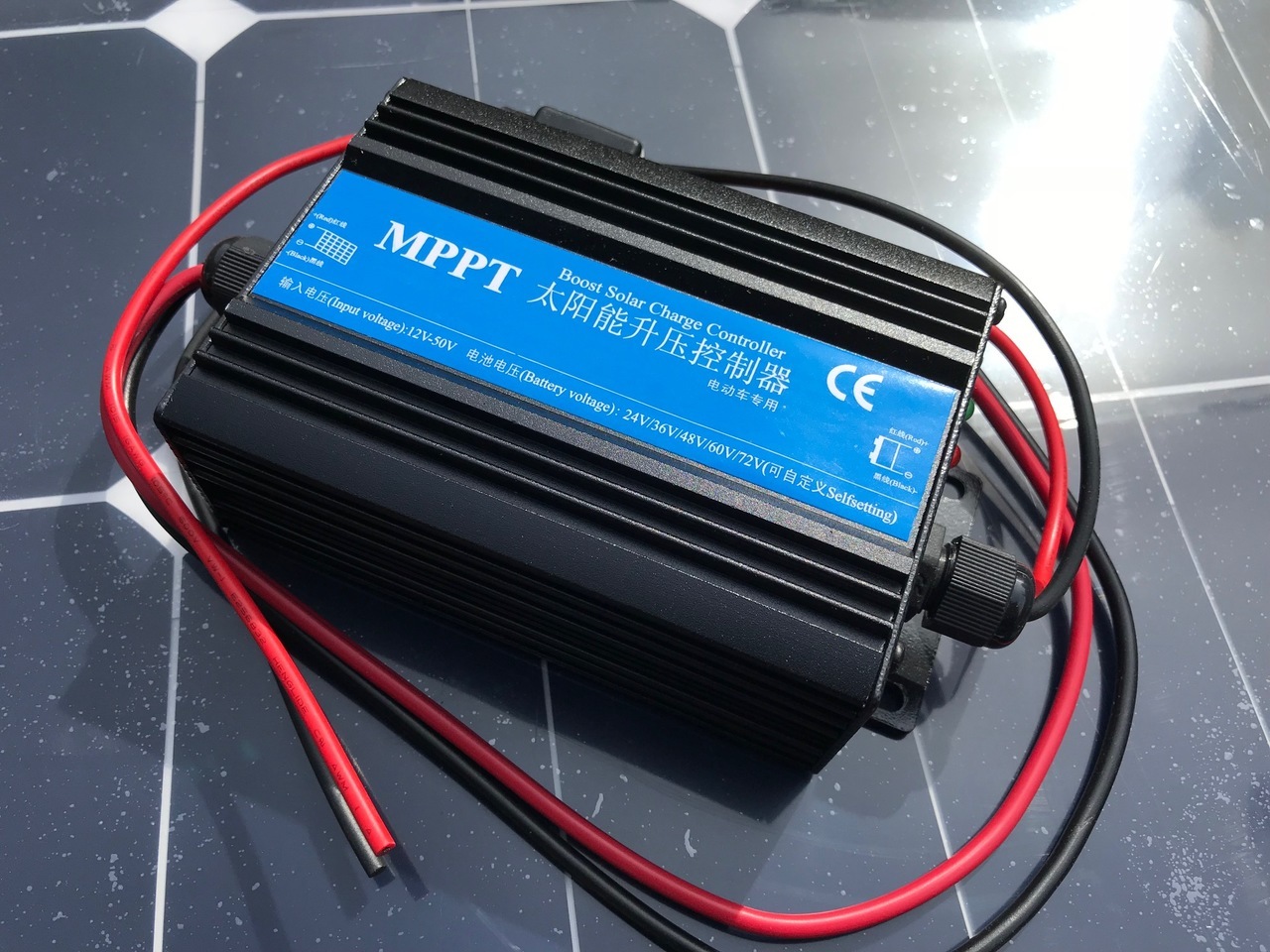
I also have lightweight 90W portable solar panels that have twice the output voltage of comparable panels by using split cells. These, combined with the above charge controller will charge your batteries more efficiently than the more commonly available "12V" panels as the 30V output doesn't have to be stepped up as much. The further the the voltage has to be converted, the more loss there is. When directly oriented to full sun these will fully charge your depleted 500 Watt hour e-bike battery in about 8 hours, or use two for a 4 hour charge. The charge controller will accept up to three of these panels wired in parallel.
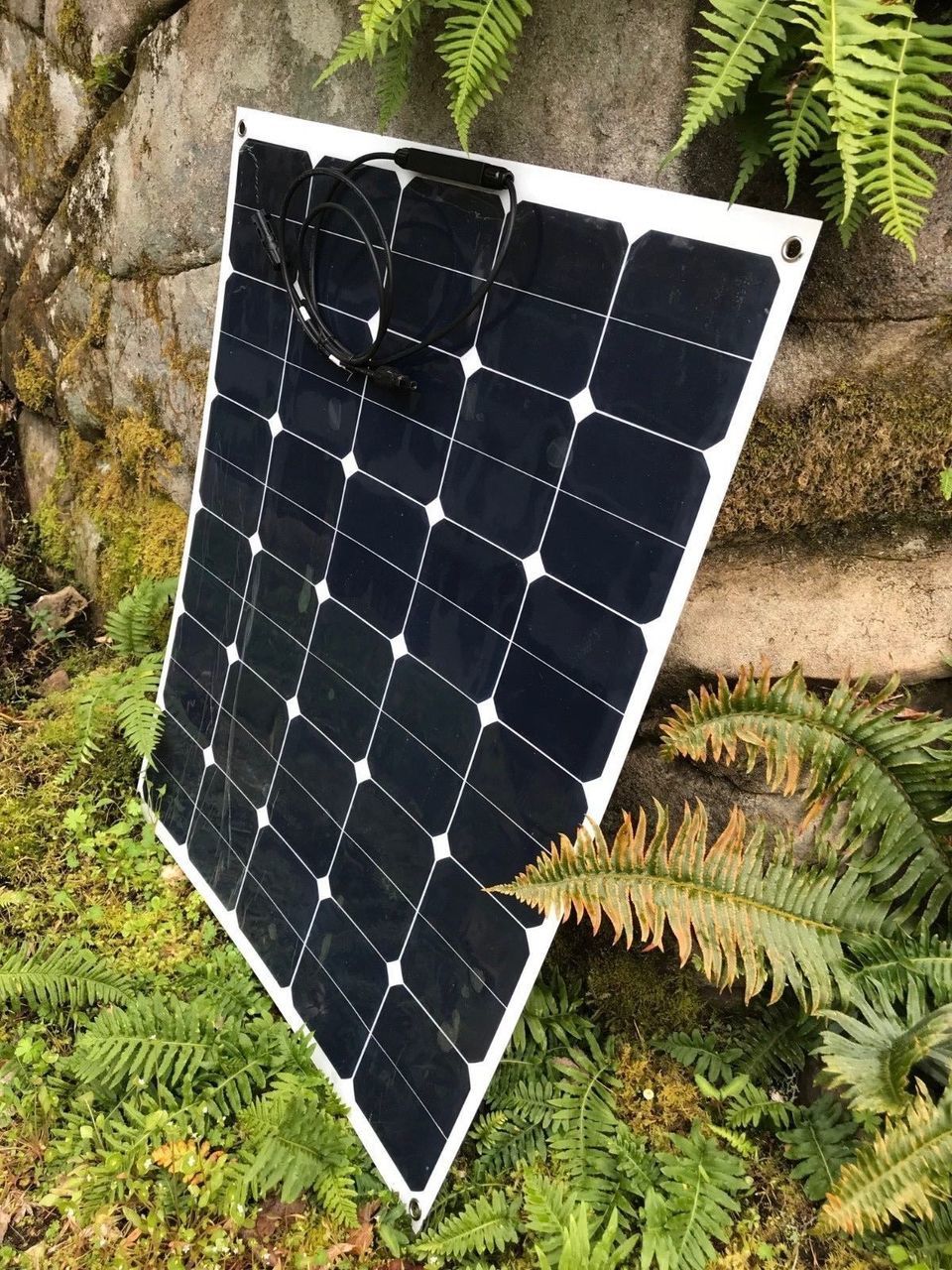
If this idea interests you, I would consider building a power pack that will house your battery, and any other equipment like the DC-DC converter, plugs, switches charge controller etc to make it all work. The great thing about this project, is that you already have the most expensive part, the battery from your bike! A tool box will often make a good case for this project, or if you need it to be waterproof, then a Pelican case is also good, although somewhat more expensive.

I built this power box using a Pelican case and an old but high capacity custom made ebike battery. It powers up a small 12V trolling motor in our canoe. It has waterproof connectors and accepts charging from solar panels.
If you want to include an inverter in the box, you will have to cool it with a fan and venting so that the inverter does not overheat in the closed box. A larger inverter could also be mounted on the outside of the box.
To get an idea of what is involved in building a DIY power box take a look at this video by Jehu. In our case though we can skip the lithium cells and battery management system, because we are using the e-bike battery.
Be aware that you would have to change some other components of this system as he is using 24V, but our battery will be 36, 48 or 52V.
